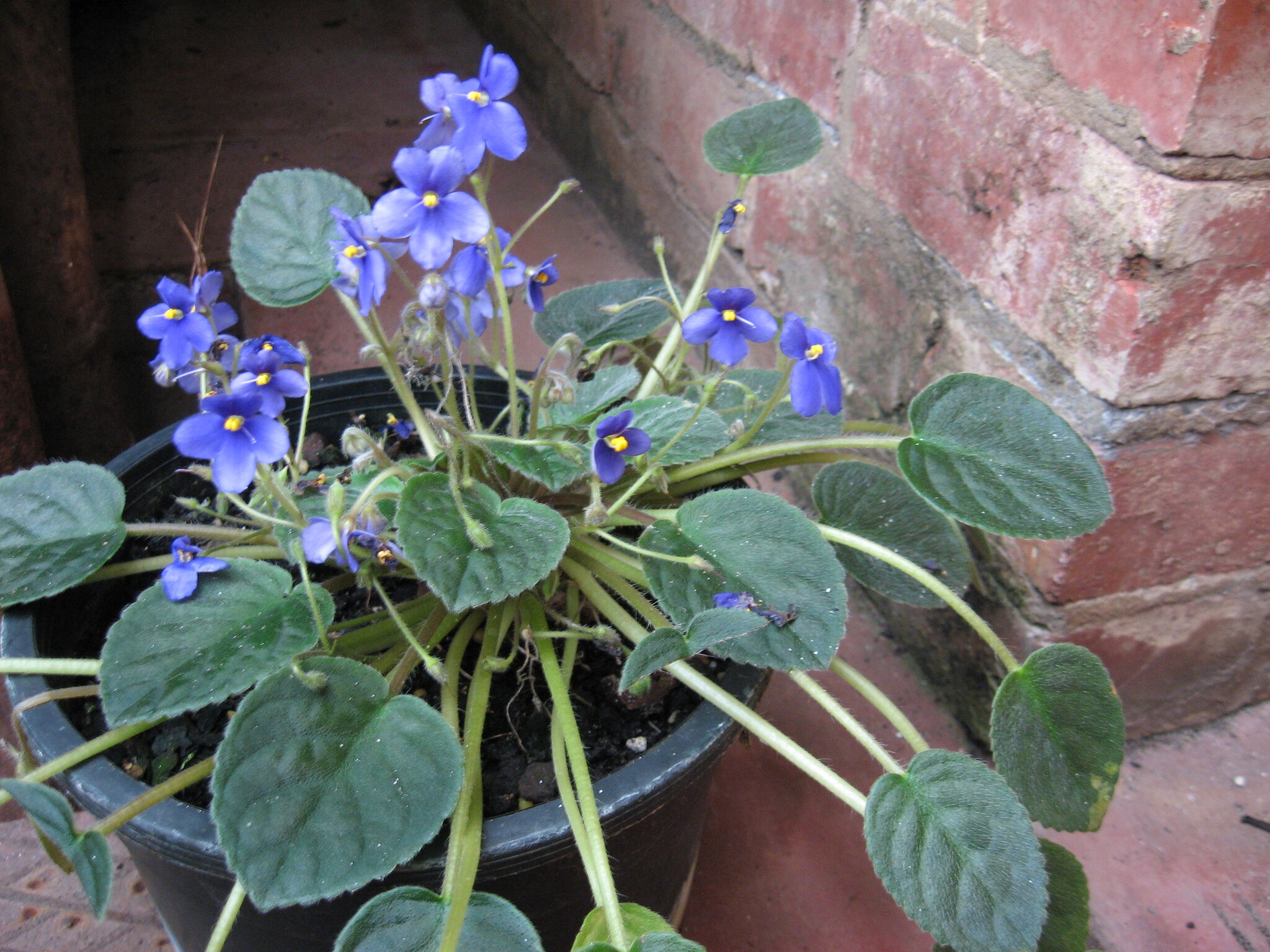
Mostly herbs, sometimes epiphytic, occasionally climbers or trees. Some species have tuberous roots. Leaves opposite, sometimes unequal, rarely in whorls or alternate, mostly simple; stipules absent. Flowers bisexual, solitary and axillary or in more or less flat-topped clusters, sometimes developing from the leaves. Sepals 5, usually united and tubular at the base, the lobe margins edge to edge in bud. Petals united into an irregular, mostly 2-lipped and often spurred tube, the petal lobes facing the axis generally enclosed. Stamens (2)4(5), alternating with the petals and fused to the flower tube; anthers all together or in pairs. Nectary disk usually present. Carpels 2. Ovary inferior or superior, united and mostly with a single chamber containing numerous ovules with parietal placentation. Fruit a loculicidal capsule or occasionally a berry; seeds numerous.
A family in many ways considered the tropical counterpart of the Scrophulariaceae. In the Americas the pollinators are often hummingbirds. Generally grown as indoor pot plants for the richly coloured flowers and interesting leaves and best known for the genus Saintpaulia, the African Violets. Rarely cultivated species include the following: Fieldia australis Cunn., a small climber with creamy flowers in summer and autumn and native to Qld, NSW and Vic; Nautilocalyx lynchii (Hook. f.) T. Sprague, Nautilus Flower, grown for the deep purple leaves; and Rehmannia elata N.E. Br., sometimes cultivated in the herbaceous border for its pinkish purple trumpet-shaped flowers. [R. angulata hort.] Other genera occasionally cultivated as indoor plants include Rechsteineria and Kohleria.
Seed, tuber segments, also leaf cuttings, stem cuttings, rhizome scales.
Some species have medicinal properties.
Flowers mostly irregular; stamens generally 4; ovary mostly superior with 1 chamber, not 2 as in Scrophulariaceae; fruit mostly a capsule or berry.
146 genera with about 2400 mostly tropical species of the Old World. Australia has 5 genera, each containing 1 species.
Moore (1973), Wiehler (1983). Society: American Gloxinian and Gesneriad Society.
Source: (2002). Gesneriaceae. In: . Horticultural Flora of South-eastern Australia. Volume 4. Flowering plants. Dicotyledons. Part 3. The identification of garden and cultivated plants. University of New South Wales Press.
